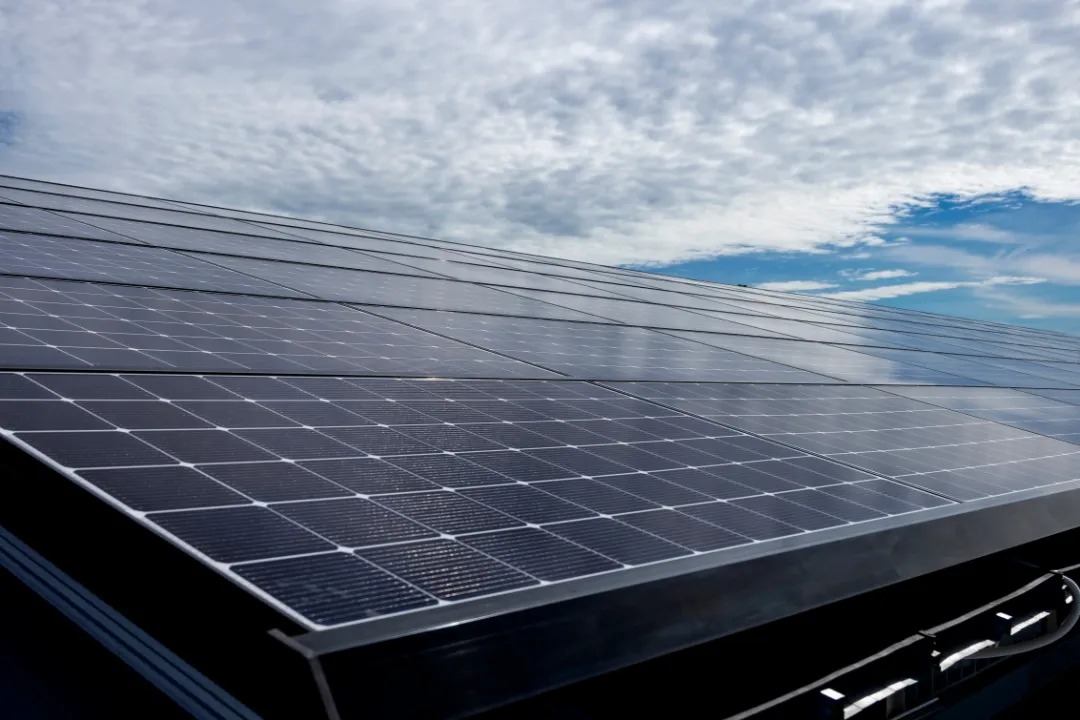PALM HARBOR SOLAR PROS BLOG
Insights from Our Solar Energy Journey

Sunny Savings: How Solar Energy Can Cut Your Utility Bills in Half
Imagine a world where the sun not only brightens our days but also cuts our utility bills in half. Well, that world is not a distant dream, but a reality that can be achieved through the power of solar energy. With its numerous advantages and potential for significant savings, solar energy has become a popular choice for homeowners looking to reduce their dependence on traditional power sources. But how exactly does solar energy work, and what steps are involved in installing solar panels? In this discussion, we will explore the ins and outs of solar energy, from understanding its benefits to uncovering the financial incentives and long-term cost benefits. Get ready to unlock the secrets of sunny savings and discover how solar energy can transform your utility bills.
The Advantages of Solar Energy
One of the greatest advantages of solar energy is that it significantly reduces our utility bills. Solar energy efficiency plays a crucial role in achieving these savings. Solar panels have become more efficient over the years, allowing them to convert a higher percentage of sunlight into usable electricity. This means that we can generate more electricity from the same amount of sunlight, resulting in greater cost savings. With increased efficiency, solar energy systems can produce more power, reducing our reliance on traditional energy sources and lowering our utility bills.
Another advantage of solar energy is the ability to store excess energy for later use. Solar energy storage allows us to store the energy generated during the day, which can then be used at night or during cloudy days. This ensures a continuous supply of electricity, even when sunlight is not available. By harnessing and storing solar energy, we can become less dependent on the grid and reduce our overall energy costs.
Understanding Solar Panel Installation
Installing solar panels requires careful planning and expert knowledge. One of the first steps in the process is determining the cost of installation. The cost can vary depending on factors such as the size of the system, the type of panels chosen, and the complexity of the installation. It is important to consider the long-term benefits of solar energy when evaluating the cost. While the upfront investment may seem high, the savings on utility bills over time can make it a worthwhile investment.
Choosing the right solar panels is another crucial aspect of the installation process. There are various types of solar panels available, including monocrystalline, polycrystalline, and thin-film panels. Each type has its own advantages and disadvantages, so it is important to do thorough research and consult with experts to determine which type is best suited for your specific needs and budget.
Additionally, it is important to consider the warranty and performance guarantees offered by the manufacturer when selecting solar panels. This will ensure that you are protected in case of any defects or issues with the panels in the future.
Calculating Your Potential Savings
To determine our potential savings, it is important for us to calculate the long-term impact of solar energy on our utility bills. This involves conducting an energy consumption analysis and performing a return on investment calculation.
Firstly, conducting an energy consumption analysis allows us to understand how much energy we currently consume and how much we can potentially generate with solar panels. This analysis takes into account factors such as the size of our property, our average monthly energy usage, and the efficiency of the solar panels we plan to install. By comparing our current energy consumption with the potential energy generation from solar panels, we can estimate the amount of energy we can save.
Secondly, performing a return on investment calculation helps us determine the financial benefits of going solar. This calculation considers the upfront costs of purchasing and installing solar panels, as well as the savings we can achieve in our utility bills over time. By comparing the initial investment with the projected savings, we can determine how long it will take for the solar panels to pay for themselves.
Government Incentives and Rebates
When considering solar energy, it is important to explore the government incentives and rebates available to help offset the upfront costs. These incentives and rebates can make solar energy more affordable and accessible to homeowners and businesses alike. One of the most significant incentives is the solar energy tax credit. This credit allows eligible homeowners and businesses to claim a certain percentage of the cost of installing a solar energy system as a credit against their federal taxes. Currently, the federal solar energy tax credit allows for a credit of 26% of the system's cost. However, it's important to note that the incentive eligibility and tax credit percentages may vary depending on location and legislation changes.
To determine if you are eligible for these incentives and rebates, it is recommended to consult with a qualified solar installer or a tax professional. They can provide guidance on the specific requirements and documentation needed to claim these benefits. Additionally, it is worth researching state and local incentives, as some regions offer additional rebates or grants to encourage the adoption of solar energy.
Maintenance and Long-Term Cost Benefits
Now let's shift our focus to the important aspects of maintaining a solar energy system and the long-term cost benefits associated with it. One of the key advantages of solar energy is its high energy efficiency. Solar panels are designed to convert sunlight into electricity with minimal loss, making them an efficient source of renewable energy. This energy efficiency translates into significant cost savings over time.
When it comes to maintenance, solar panels are relatively low-maintenance compared to other forms of energy generation. They require periodic cleaning to remove dirt and debris that may accumulate on the surface, but beyond that, there are no moving parts that require regular upkeep. This means that maintenance costs are minimal, further contributing to the long-term cost benefits of solar energy.
In terms of lifespan, solar panels are built to last. Most manufacturers offer warranties that guarantee the panels will produce a certain amount of electricity for 25 to 30 years. However, it's important to note that the actual lifespan of solar panels can exceed these warranties. With proper maintenance and care, solar panels can continue to generate electricity for several decades, providing homeowners with ongoing savings on their utility bills.
Conclusion
In conclusion, harnessing solar energy can significantly reduce utility bills by up to half. With the advantages of solar energy, understanding the installation process, and calculating potential savings, homeowners can take advantage of government incentives and rebates to make the switch. Not only does solar energy save money in the long run, but it also offers maintenance and long-term cost benefits. So why not make the sunny choice and start saving with solar?
Connect With Us
Locations We Serve:
© Copyright 2025 Palm Harbor Solar Pros. All Rights Reserved.
Terms & Conditions | Privacy Policy

